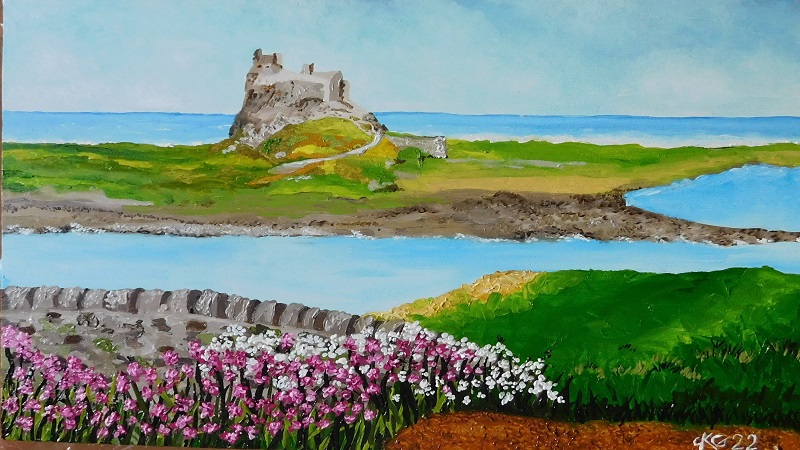Special Offers




Special Offers





Importance of Historical preservation in home construction Preservation of historical homes in construction involves the careful maintenance and restoration of buildings, emphasizing the retention of original features, materials, and architectural elements to protect cultural heritage. This approach seeks to preserve the historical essence of structures while ensuring they comply with modern safety and functionality standards. Historical preservation in home construction is essential for: - Safeguarding cultural identity - Fostering community pride - Preserving and understanding our past - Maintaining a tangible connection to history for future generations - Promoting sustainable development through the reuse of existing structures - Reducing environmental impact - Showcasing unique craftsmanship and charm of historic homes - Enhancing neighbourhoods with a sense of continuity and architectural diversity Key Criteria for Historical Preservation in Home Construction in India In the rich tapestry of India's history, every home holds a story worth preserving. As we embark on construction projects, a delicate balance between modernity and heritage emerges. Here are essential criteria to consider when embracing historical preservation in Indian home construction. **1. Architectural Integrity:** Retain the original architectural features that define the historical significance of the structure. Preserve traditional designs, intricate carvings, and unique craftsmanship that narrate tales of bygone eras. **2. Material Authenticity:** Select materials that align with the historical period, ensuring authenticity in construction. Incorporate traditional materials like wood, stone, and clay, reflecting the region's historical building practices. **3. Adaptive Reuse:** Promote the adaptive reuse of historical structures, repurposing them for contemporary living while retaining their historical essence. This sustainable approach helps avoid unnecessary demolition and reduces the environmental impact of construction. **4. Compliance with Heritage Regulations:** Understand local heritage regulations and guidelines. Obtain necessary approvals to ensure your construction aligns with preservation standards and respects the cultural significance of the area. **5. Documentation and Research:** Conduct thorough research on the historical context of the property. Document findings and consult with historians and preservation experts to gain insights into the original construction methods, architectural styles, and cultural influences. **6. Community Engagement:** Engage the local community in the preservation process. Seek their input, share the historical significance of the project, and foster a sense of collective responsibility for preserving the cultural heritage embedded in the home. **7. Seismic Retrofitting:** Ensure the structural stability of historical homes by implementing seismic retrofitting techniques. This enhances safety and prolongs the life of the structure, allowing it to stand proudly for generations to come. **8. Preservation of Artifacts:** Identify and preserve historical artifacts discovered during construction. These artifacts contribute to the narrative of the home and can be displayed within the structure, creating a living museum that tells the story of its evolution. **9. Professional Expertise:** Engage architects, engineers, and contractors with expertise in historical preservation. Their understanding of traditional building techniques and materials is crucial for maintaining the authenticity of the structure. **10. Long-Term Maintenance Plan:** Develop a comprehensive maintenance plan for the historical home. Regular inspections, repairs, and conservation efforts will ensure that the structure continues to stand as a testament to India's rich history. Conclusion: In conclusion, historical preservation in home construction is not just about maintaining buildings; it's about preserving cultural identity, fostering community pride, and understanding our past. By adhering to key criteria such as maintaining architectural integrity, using authentic materials, and engaging with the local community, we can ensure that these architectural treasures continue to narrate the stories of our heritage. Moreover, by promoting sustainable development through the reuse of existing structures and reducing environmental impact, we can create a more sustainable future while honouring our past. FAQ’s for historical preservation during home construction in India 1. **Why is historical preservation important in home construction?** - Historical preservation maintains the cultural identity of a place, fosters community pride, and helps us understand our past through tangible connections to history. 2. **How does historical preservation benefit future generations?** - By preserving historical homes, we maintain a tangible link to history for future generations, allowing them to appreciate and learn from the past. 3. **In what ways does historical preservation promote sustainable development?** - Historical preservation promotes sustainable development by encouraging the reuse of existing structures, reducing the need for new construction and its associated environmental impact. 4. **What are some key considerations for preserving historical homes in India?** - Considerations include maintaining architectural integrity, using authentic materials, complying with heritage regulations, and engaging with the local community. 5. **How can community engagement enhance historical preservation efforts?** - Engaging the local community can raise awareness, garner support, and foster a sense of collective responsibility for preserving cultural heritage. 6. **What role does documentation and research play in historical preservation?** - Thorough research and documentation help understand the historical context of a property, guiding preservation efforts and ensuring authenticity. 7. **How can professionals contribute to historical preservation in home construction?** - Architects, engineers, and contractors with expertise in historical preservation can ensure that preservation efforts are carried out authentically and sustainably. 8. **What are some challenges in preserving historical homes?** - Challenges include balancing modern living needs with historical preservation, navigating heritage regulations, and ensuring the structural integrity of historical structures. 9. **How can seismic retrofitting help in preserving historical homes?** - Seismic retrofitting enhances the structural stability of historical homes, ensuring they remain safe and standing for generations to come. 10. **What can individuals do to contribute to historical preservation in their own homes?** - Individuals can prioritize maintenance, document the history of their homes, and educate themselves and others about the importance of historical preservation.
Explore the key steps of Home Construction from concept to completion